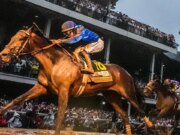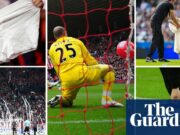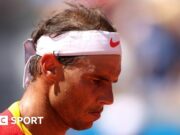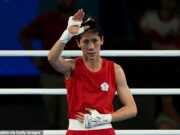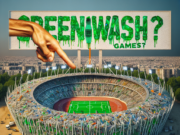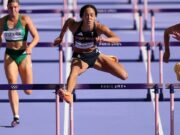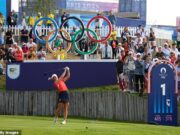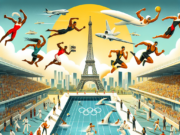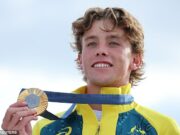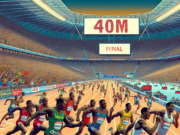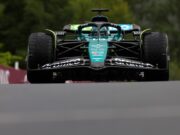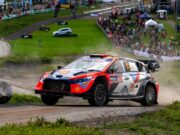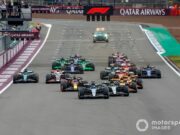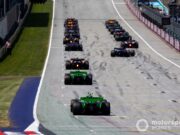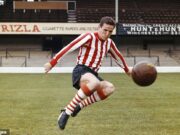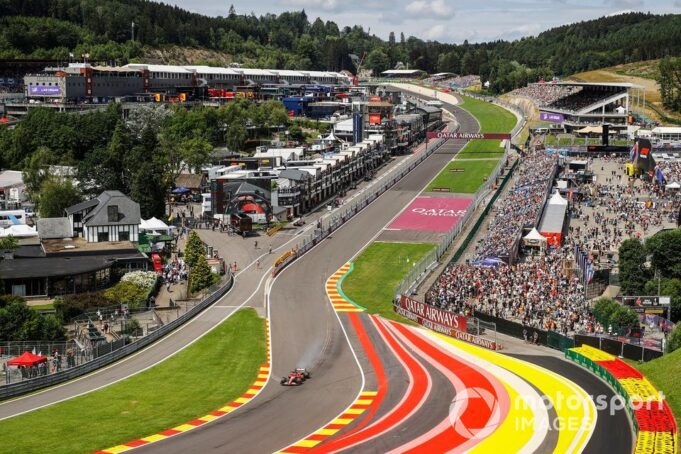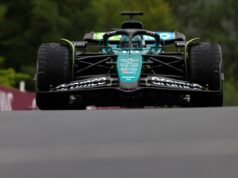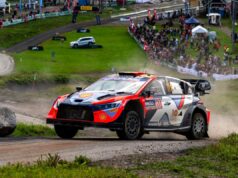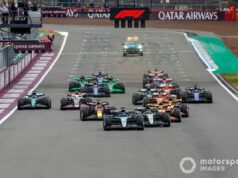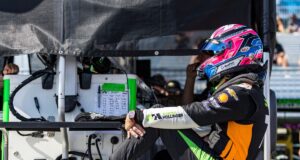A recent partial resurfacing of the Formula 1 circuit at Spa-Francorchamps has created challenges for drivers and teams as they strategize for the Belgian Grand Prix.
Last month, resurfacing was completed on 3.5km of the Spa circuit, which is nearly half its total length, across three specific areas.
These areas include the stretch from Blanchimont to Eau Rouge, from the start of the Kemmel straight to Bruxelles, and from the Campus bend to Paul Frere.
The goal of these modifications was to enhance safety conditions with a higher grip surface and to eliminate some of the bumps present in older asphalt sections.
While the enhancements have met the desired objectives, they have introduced a unique situation that drivers and teams must now navigate.
The changes have given the circuit a Jekyll-and-Hyde personality—some sections provide exceptionally high grip and are highly abrasive, while others are not.
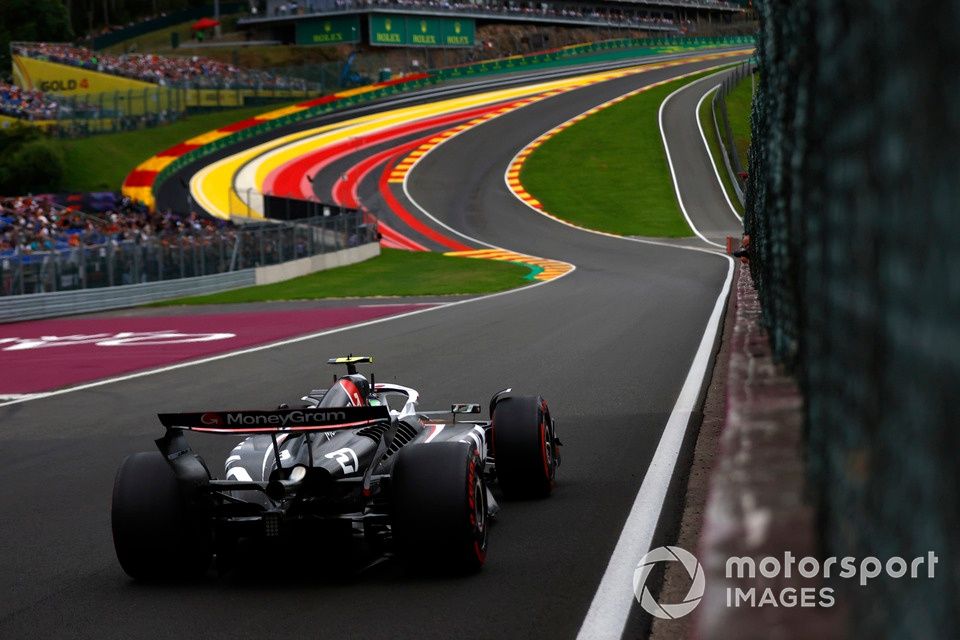
Nico Hulkenberg, Haas VF-24
Photo by: Steven Tee / Motorsport Images
This transformation not only changes the sensation of driving on the track but also affects car and tire dynamics as the balance shifts.
From the dry sessions observed this weekend, it has created a situation that is incredibly challenging due to increased tire degradation.
As Mercedes driver George Russell noted: “You have about three-quarters of the circuit which is likely the smoothest of the season, contrasted with the remaining quarter which is the most abrasive.”
“You find yourself in completely different circumstances, and this combination has led to significant tire damage.”
“Everyone is experiencing this, but the level of degradation was unexpected.”
Pirelli’s head of F1 and car racing, Mario Isola, commented that initial data indicates the new surface is leading to higher tire wear.
“While it appears smoother in terms of roughness, it is generating increased grip,” he explained.
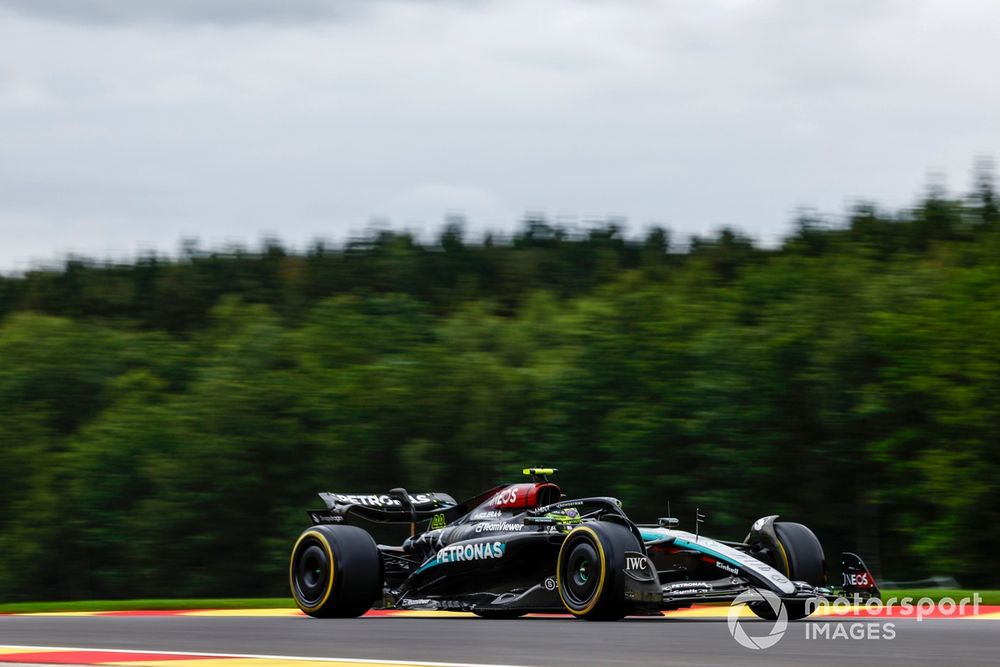
Lewis Hamilton, Mercedes F1 W15
Photo by: Zak Mauger / Motorsport Images
“Much of this grip likely comes from adhesive properties, leading to greater stress on the tires, which increases overheating and graining, particularly in the front left tire.”
The result of the new surface means that the Belgian GP has evolved from being a marginal one or two-stopper to a clear two-stop race—potentially even allowing for three stops under certain conditions.
Isola noted: “Last year, a two-stop strategy was the norm for most, utilizing the medium and soft tires.”
“This year, one-stop strategies seem to require excessive management, effectively making them unviable.”
“The quickest strategy on paper is a two-stop, and while last year the hard compound wasn’t utilized at all, this year it has proven viable. Thus, we anticipate the fastest strategy will be medium, hard, hard.”
However, with uncertainties regarding tire degradation on the now green track following yesterday’s rain and straightforward overtaking at Spa, Isola isn’t dismissing the possibility of some teams opting for an aggressive three-stop strategy.
“Although the three-stop may be slightly slower, overtaking is feasible here,” he stated. “Depending on degradation, the three-stop could be a viable option if teams choose to focus on softer tires, allowing for more aggressive stints. It’s still a possibility.”

